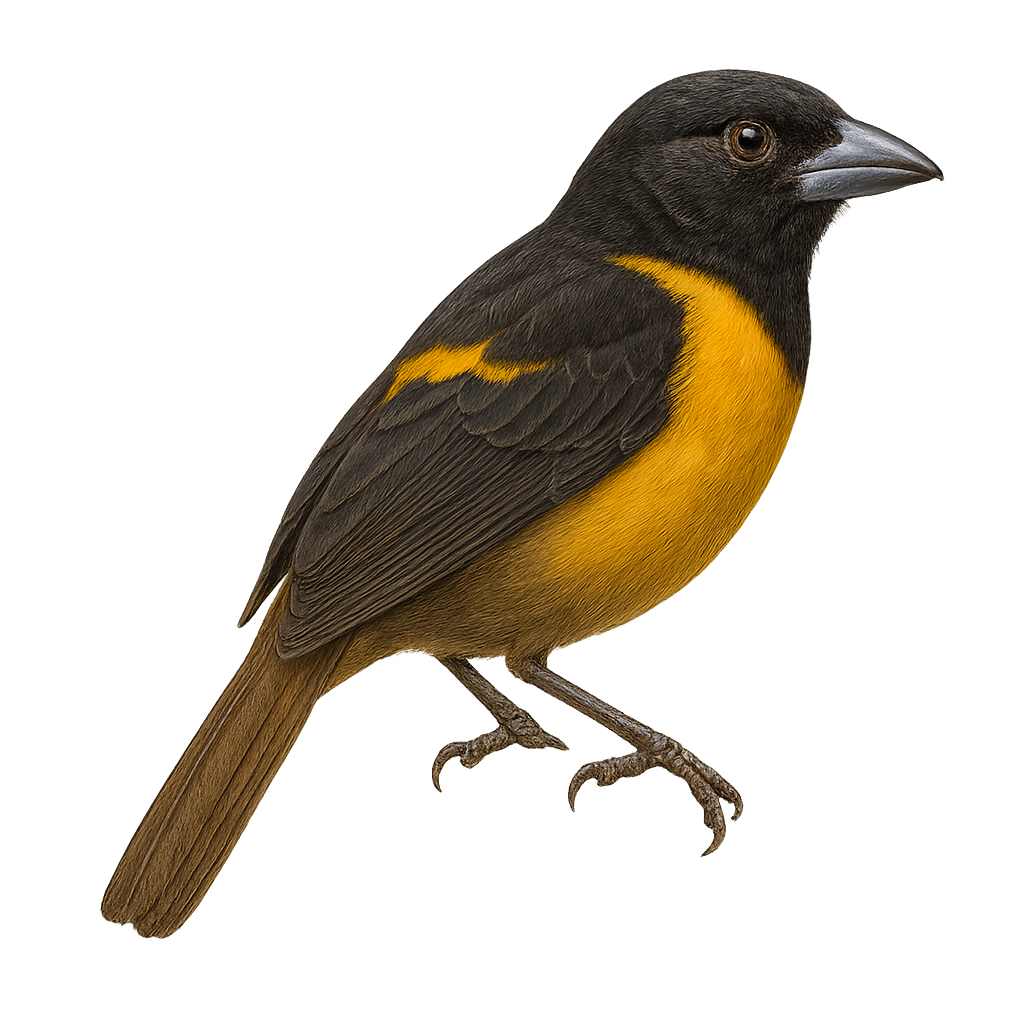Your wildlife photography guide.
Explore the orange-backed tanager in detail, study its behavior, prepare your shots.
Where to observe and photograph the orange-backed tanager in the wild
Learn where and when to spot the orange-backed tanager in the wild, how to identify the species based on distinctive features, and what natural environments it inhabits. The WildlifePhotographer app offers tailored photography tips that reflect the orange-backed tanager’s behavior, helping you capture better wildlife images. Explore the full species profile for key information including description, habitat, active periods, and approach techniques.
Orange-backed Tanager
Scientific name: Lanio aurantius

IUCN Status: Least Concern
Family: THRAUPIDAE
Group: Birds
Sensitivity to human approach: Suspicious
Minimum approach distance: 10 m
Courtship display: April to May
Incubation: 14-16 jours
Hatchings: April to June
Habitat:
Tropical forests, forest edges, shrublands
Activity period :
Primarily active during the day, with peak activity in the morning and late afternoon.
Identification and description:
The Orange-backed Tanager, Lanio aurantius, is a colorful and captivating bird native to the tropical forests of Central America. It is easily recognizable by its bright orange back contrasting with the rest of its black body. This bird measures about 18 cm in length and primarily feeds on fruits, insects, and small invertebrates. It usually lives in small groups or pairs, often in the company of other tanager species. The Orange-backed Tanager is an active and vocal bird, emitting a variety of songs and calls to communicate with its peers. Although its habitat is threatened by deforestation, it remains relatively common in some areas.
Recommended lens:
400 mm – adjust based on distance, desired framing (portrait or habitat), and approach conditions.
Photography tips:
To photograph the Orange-backed Tanager, focus on early morning hours when the light is soft and bird activity is at its peak. Use a 400mm or longer telephoto lens to capture detailed images without disturbing the bird. Be patient and discreet, maintaining a distance of at least 10 m to avoid scaring it. Look for areas where tanagers feed or rest, such as forest edges or fruiting trees.
The WildlifePhotographer App is coming soon!
Be the first to explore the best nature spots, track rutting seasons, log your observations, and observe more wildlife.
Already 1 430 wildlife lovers subscribed worldwide

